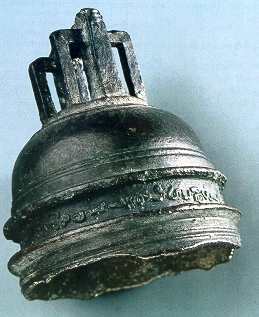

![]()
the Tamils
The beautiful bronze bell shown above was found by William Colenso in Northland, in 1836.
He found some Maori village women boiling potatoes in an unusual container - on investigating, he found of course that it was made of metal. The women told him that it had belonged to the tribe for many generations, and that it had been found beneath a tree that had been blown over.
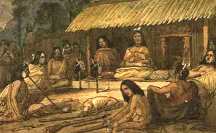
Colenso traded a new cooking pot for the bell, and it was lodged in the Museum of New Zealand in Wellington, where it has been since 1890.
The inscription, 23 characters, running around the rim of the bell has been identified as Tamil, the oldest language spoken in India, and more specifically, as old Tamil. Translated literally, it says "Mukiayaten Vakucu owning ship owning bell" and translated freely it says "Mukiayaten's ship's bell".
There are various interpretations that can be read from the actual manner of the script. The Archaelogical Survey of India, for example, place the bell in the late Tamil period, which could be anywhere from 200 AD to the present.
Another variation of the name is the Mohaideen, a Moslem association, from about 1500 to 1600 AD.
"Mukiayaten" does impy an Islamic influence, dating the bell around 1500 AD, and the last character suggests that it came from the Cholas as a subculture within the Tamils, which burgeoned in the 850's AD.
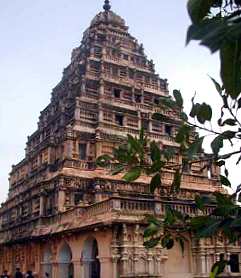
The Cholas are remembered
for their lovely bronze statues, and superb crafting of this material
(see image below)
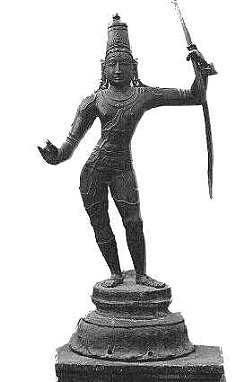
The Bishop of Dornakal, in 1926, affirmed that the script was Tamil, which came into use after 700 AD and was not used after 1200 AD.
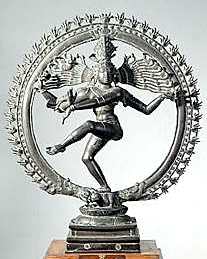
In 1994, Doctor Rasanathan of the International
Movement for Tamil Culture in NZ stated,
"Quite unequivocally .. it was the Cholas, and only the Cholas, who
brought the Tamil bell to New Zealand .. because the Cholas were the only
Tamils to develop their mercantile and commercial interests to such a high
degree .. They were the only adventurous and conquering power. Certainly the
only race who had the necessary degree of expertise to navigate that far in
the first place."
The Chola capital was Tanjore, and the main port Nagapattinam, "naga-city". The sculpture shown here (below) is from the Grand Chola Temple, c. 11th century.
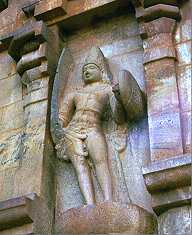
It is the most likely place where the bell would have been cast, and where Mukiayaten would have started his voyage during the 1170's.
Mukiayaten was contemporaneous with Al-Idrisi, one of the most important cartographers of the world. It is said that Al-Idrisi produced the first 'accurate' globe of the world, image below.
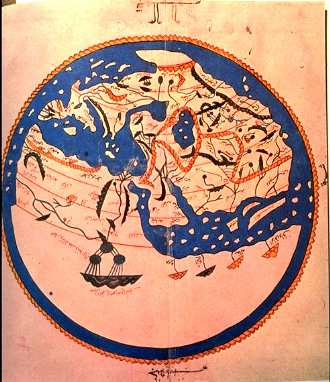
Al-Idrisi had described the Arab discovery of NZ in 790 AD, and he may well have had Muslim connections through trade with Mukiayaten, enough that Mukiayaten would learn of the existence of NZ and Australia.
The Chola dynasty was at it's zenith when Mukiayaten left Ngapattinam on a three-masted ship, rigged with triangular lateen sails, and headed across the Bay of Bengal to Sumatra, and then into Indonesian waters, following the traditional trade route.
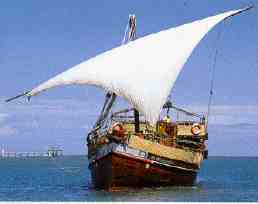
From Java to Cape York, and then down the coast of Australia to NSW would be straightforward, and then altering course to due East would have brought him to New Zealand, and he probably landed somewhere between the Waikato and Awakino Rivers, and the most suitable landfall would have been Manukau. If they then moved across to the isthmus, they would have been looking at a very different seascape to the one we know today. Rangitoto island would not have been there. It did not erupt until 1250.
There is strong genetic evidence that in the 12th century, after Mukiayaten and his sailors had arrived, that Maori in the Auckland isthmus acquired much darker pigmentation than their fellow Maori throughout New Zealand.

There is nothing unusual in explorers discovering and mingling with the people they discover, and a population explosion about 1500 pushed Auckland Isthmus Maori southward. At a site near Opotiki, black-skinned ancestors can trace their lineage back to the 1280's - and they have the tradition of cremation, found in India. Evidence of this tradition is also found on early Pa sites on the northern shores of Lake Taupo.
In the 1970's the Dausset Team World Survey found Caucasian genes in the Waikato and East Cape region.
We know from later explorer's experiences when trading nails and implements how highly the Maori regarded metal, so if Mukiayaten traded, or even gave the bell to the Maori, he would have been held in high regard, and the bell would have become the tribe's prize possession.
It would send a clear calling note through the forest, unattainable by any other Maori instrument or implement -- it would have been treasured.
It is most likely that while returning to India, he stopped at Whangarei to replenish his ship for the long sail north-westwards, and a gift of the bronze ship's bell would be efficacious. It is interesting that the bell was found under a blown-over tree. Puriri trees grow for some 700 years, finally rotting away from the inside.
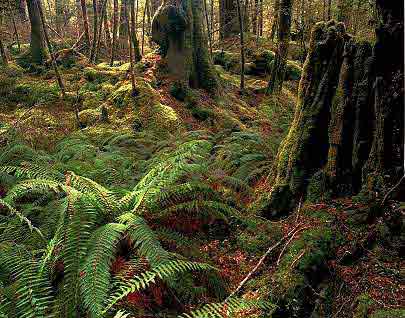
If the tribe decided to hide the bell, what better place than the hollowed out roots of a Puriri - scoop a handful of dirt out, place the bell there, and smooth the dirt over.
Why did no-one retrieve the bell? The person who buried it may have forgotten where. They may have been killed or enslaved. In fact, many may have been killed or enslaved.
Certainly, we know one thing - the Tamil Bell was probably buried for 500 years..
And so Mukiayaten returned home. When the Portugese later arrived, who did they bring with them as guides ? Tamils.
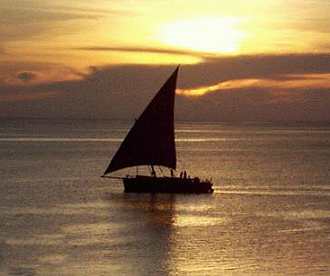
Here is an interesting web page too, on Maori background - vis a vis India.
This
Web Directory will always be dynamic ~
all details are flexible and changing